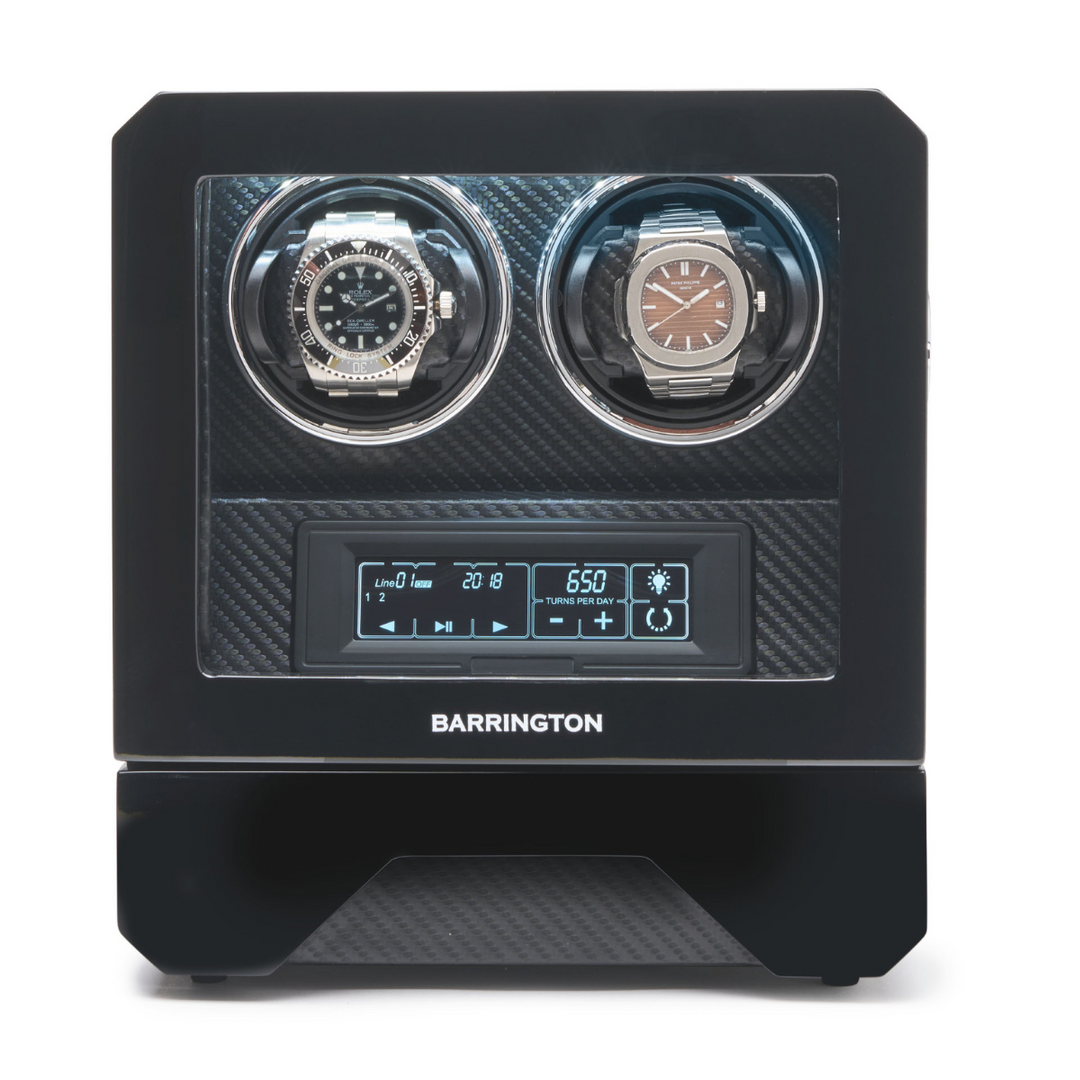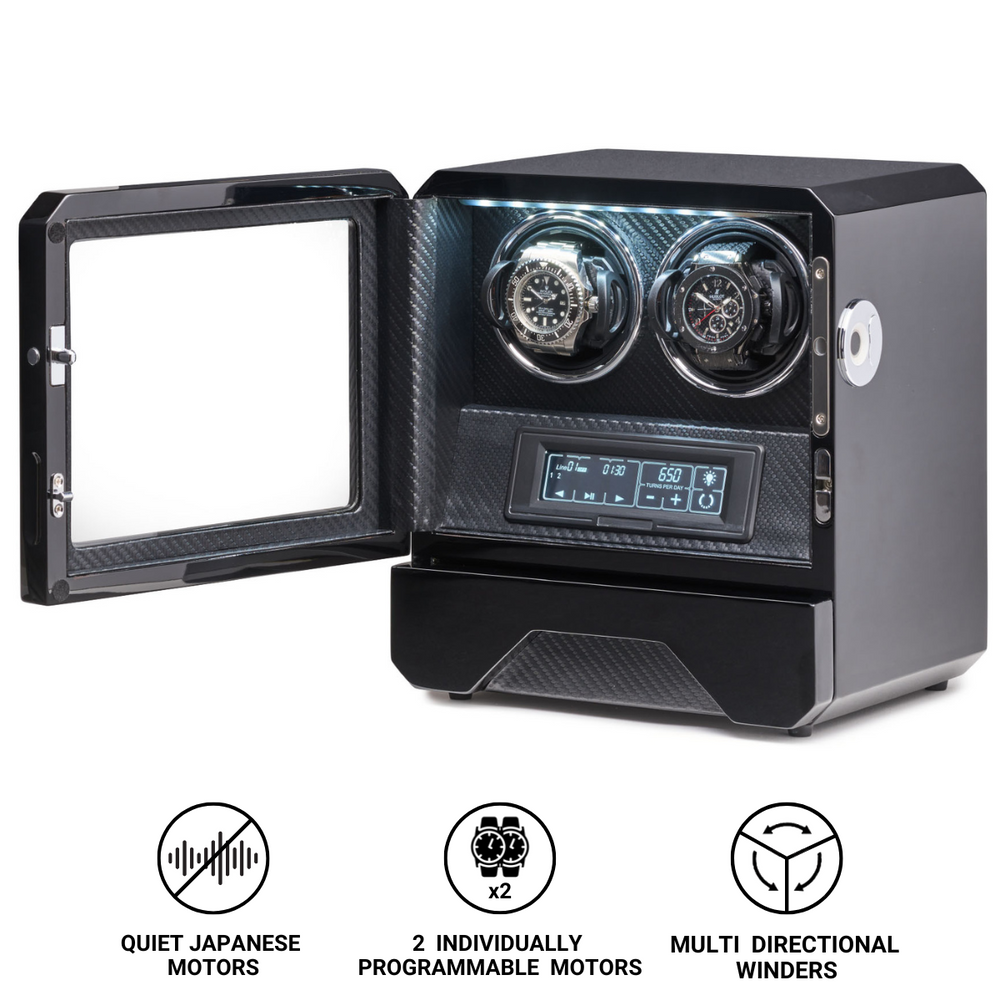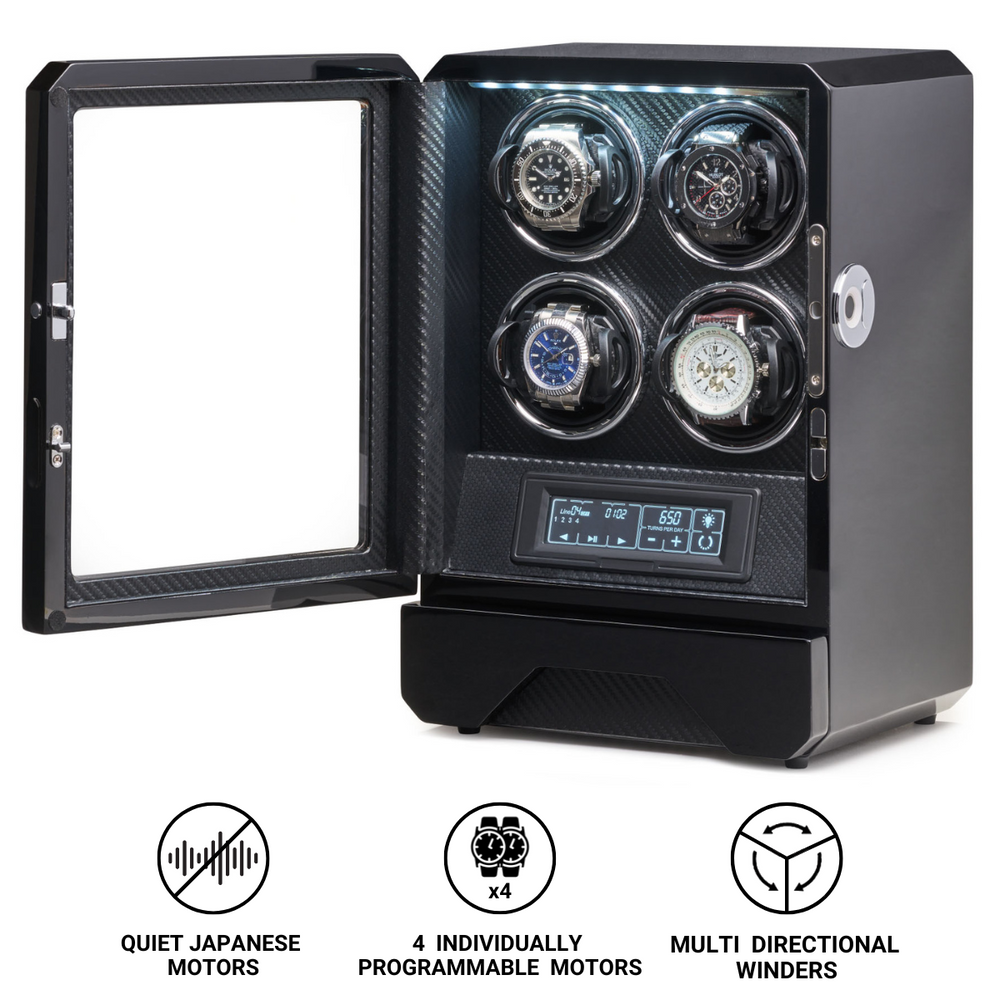What is Dress Watch?
Among the many forms that wristwatches have taken over more than a century, few embody sophistication and restraint as perfectly as the dress watch. A dress watch is defined not by technical complexity or extreme durability but by its simplicity, refinement, and understated beauty. Designed to complement formal attire, it is the silent companion of elegance, a reflection of good taste rather than ostentation.
In a world filled with tool watches, sports models, and multi-function chronographs, the dress watch remains a pure expression of horological tradition. It represents the art of minimalism and proportion, where every line, curve, and finish contributes to harmony and refinement.
The Origins of the Dress Watch
The concept of the dress watch emerged in the early 20th century as wristwatches began to replace pocket watches. Before this shift, pocket watches served as both functional instruments and symbols of personal style, often carried in waistcoats as part of a gentleman’s formal attire. When wristwatches gained popularity after the First World War, the challenge was to preserve that same sense of dignity and sophistication in a smaller, more practical form.
During the 1920s and 1930s, watchmakers began creating slim, elegant wristwatches with precious metal cases and simple, refined dials. These pieces were designed to be worn discreetly under the cuff of a dress shirt, enhancing the wearer’s appearance without drawing unnecessary attention. Brands such as Patek Philippe, Jaeger-LeCoultre, Vacheron Constantin, and Longines led this movement, establishing design principles that still define the dress watch today.
The mid-20th century, often regarded as the golden age of horological design, saw the emergence of legendary models that epitomised the dress watch ideal. The Patek Philippe Calatrava, introduced in 1932, set the benchmark with its minimalist round case, slender profile, and refined indices. The Vacheron Constantin Patrimony and Jaeger-LeCoultre Master Ultra Thin followed in this tradition, balancing technical precision with timeless aesthetics.
Defining Characteristics of a Dress Watch
The dress watch adheres to certain classical principles that distinguish it from other types of timepieces. These characteristics are not strict rules but rather enduring design philosophies rooted in elegance and simplicity.
-
Slim Case Profile
One of the most defining features of a dress watch is its thinness. A slim case ensures the watch can slide effortlessly beneath a shirt cuff, a practical and aesthetic consideration that underscores refinement. Mechanical dress watches often feature manually wound or ultra-thin automatic movements to maintain this svelte profile. -
Minimalist Design
The dial of a dress watch is typically uncluttered, displaying only the essentials: hours, minutes, and sometimes seconds. Complications are rare, though discreet date windows or small seconds sub-dials are acceptable. The emphasis is on balance and readability, achieved through careful attention to proportion and symmetry. -
Classic Dial Elements
Dress watches often feature applied indices or Roman numerals, slim hands, and elegant typography. The colour palette tends to favour neutral tones such as white, silver, black, or champagne, sometimes enhanced with subtle textures like sunburst or enamel finishes. -
Material and Finish
Traditionally, dress watches are crafted from precious metals such as yellow gold, rose gold, or platinum. Stainless steel has become increasingly acceptable in modern interpretations, offering versatility and affordability without compromising on style. The finishing should be refined, with polished surfaces that catch the light softly rather than boldly. -
Leather Strap
A leather strap, typically in black or brown, complements the refined nature of a dress watch. It provides warmth and comfort while maintaining a formal appearance. In some contemporary designs, thin metal bracelets are used, though the classic combination remains leather and a polished case. -
Modest Size
Historically, dress watches ranged from 33 to 37 millimetres in diameter, proportions that suited the formal aesthetic. In modern times, sizes between 38 and 40 millimetres have become standard, accommodating contemporary preferences while preserving elegance.
The Purpose and Philosophy of the Dress Watch
A dress watch is more than an accessory; it represents a philosophy of discretion and refinement. It is not meant to impress with complications or size but to complement its wearer’s presence subtly. In formal settings, where etiquette and restraint are paramount, the dress watch serves as a silent statement of sophistication.
Its primary function is aesthetic rather than utilitarian. Unlike sports or tool watches, which are built for specific environments such as diving, aviation, or racing, the dress watch exists to enhance an ensemble and embody good taste. It reflects a belief that true elegance lies in simplicity and proportion rather than excess.
In this sense, the dress watch is timeless. It transcends fashion cycles, relying on classical design principles that remain as relevant today as they were a century ago. A well-made dress watch can be worn for decades, ageing gracefully alongside its owner and often passed down as an heirloom.
Iconic Dress Watches in History
Throughout horological history, several watches have defined the genre and continue to serve as benchmarks for elegance and craftsmanship.
-
Patek Philippe Calatrava
Launched in 1932, the Calatrava remains the archetype of the dress watch. Its Bauhaus-inspired purity, round case, and impeccable proportions have made it a model of restrained sophistication. -
Jaeger-LeCoultre Master Ultra Thin
A testament to Jaeger-LeCoultre’s technical mastery, the Master Ultra Thin series combines exceptional slimness with refined craftsmanship. Its understated design and thin mechanical movements exemplify the dress watch ideal. -
Vacheron Constantin Patrimony
Rooted in mid-century design language, the Patrimony line embodies the essence of timeless elegance. Its clean dial, delicate hands, and perfectly balanced case represent the pinnacle of refinement. -
A. Lange & Söhne Saxonia Thin
The Saxonia Thin exemplifies German precision and restraint. With its flawless finishing and minimalistic dial, it demonstrates that simplicity can achieve true luxury when executed with perfection. -
Cartier Tank
Introduced in 1917, the Cartier Tank revolutionised the idea of the dress watch with its rectangular shape inspired by military tanks. Its Art Deco lines and elegant proportions have made it one of the most enduring icons in horology. -
Piaget Altiplano
Piaget’s mastery of ultra-thin movements has made the Altiplano a symbol of refined minimalism. Combining technical innovation with a sleek aesthetic, it remains a benchmark for slim dress watches.
These models demonstrate the diversity within the dress watch genre while adhering to its core principles of simplicity, balance, and refinement.
Materials and Finishing Techniques
The appeal of a dress watch lies as much in its craftsmanship as in its design. The materials and finishing techniques used are integral to achieving a sense of understated luxury.
Precious metals such as gold and platinum are traditional choices for cases, polished to a mirror-like sheen that reflects light softly. Modern interpretations may use titanium or steel, providing strength and a contemporary edge. The dials often feature meticulous finishing, including enamel work, guilloché engraving, or sunburst brushing, adding subtle depth without distracting from the overall harmony.
Hands and indices are typically crafted from polished metal, while sapphire crystals ensure clarity and scratch resistance. Inside, mechanical movements are finished with care, even when hidden from view, reflecting the watchmaker’s dedication to perfection. Geneva stripes, perlage, and anglage finishing techniques speak to the artistry that defines fine watchmaking.
The Role of the Dress Watch in Modern Times
While modern lifestyles have blurred the boundaries between formal and casual wear, the dress watch continues to hold a unique place in the horological landscape. Its purity of design makes it adaptable, capable of pairing with both a tuxedo and a business suit.
In an era dominated by sports watches and digital devices, wearing a dress watch has become a quiet act of appreciation for tradition. It signals an understanding of design, proportion, and craftsmanship. For collectors, the dress watch often serves as the cornerstone of a collection, representing horology in its most elemental form.
Moreover, the evolution of materials and movements has expanded the dress watch’s versatility. Contemporary examples may include automatic winding, sapphire casebacks, and even water resistance without compromising the classic aesthetic.
How to Wear a Dress Watch
A dress watch should complement rather than dominate an outfit. Its purpose is to harmonise with formal attire, not draw attention away from it. When worn correctly, it completes the look with effortless grace.
-
Pairing with Attire: A gold or silver dress watch pairs naturally with a suit or tuxedo. The strap should match the tone of the shoes and belt—black for black shoes, brown for brown.
-
Fit and Proportion: The watch should sit comfortably on the wrist, with the case thin enough to glide under the cuff. Oversized or heavily styled watches can disrupt the balance of formal wear.
-
Subtlety: Avoid excessive complications, large bezels, or sporty elements. The hallmark of a true dress watch is simplicity.
A well-chosen dress watch communicates taste, attention to detail, and respect for tradition, values that transcend fleeting trends.
The Emotional Value of a Dress Watch
Beyond its functional and aesthetic qualities, the dress watch carries emotional significance. It often marks milestones—a graduation, wedding, or professional achievement—and becomes a personal symbol of success and refinement. Many are passed down through generations, carrying stories and memories that outlast their owners.
Unlike more flamboyant timepieces, the dress watch appeals to those who value quiet confidence and enduring style. Its beauty lies in restraint, its luxury in discretion.
Conclusion
The dress watch is the embodiment of timeless elegance in watchmaking. From its origins in early 20th-century refinement to its continued relevance in the modern era, it remains a symbol of taste, sophistication, and craftsmanship.
Defined by its slim profile, minimal design, and impeccable finishing, the dress watch transcends utility to become a statement of cultural and personal identity. It is the ultimate expression of the watchmaker’s art, where simplicity is elevated to perfection.
To wear a dress watch is to embrace the enduring values of refinement, discipline, and tradition. It reminds us that true elegance never shouts—it whispers.









